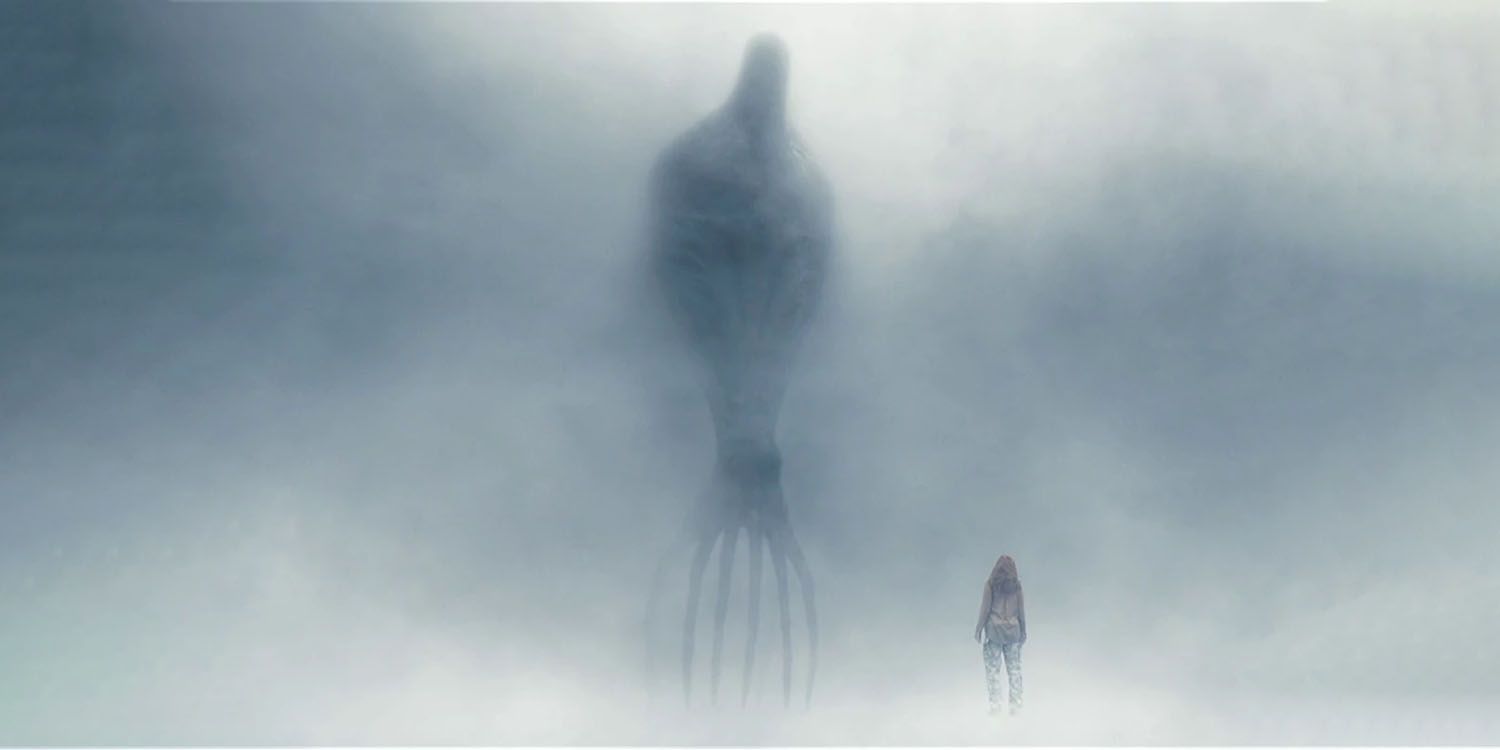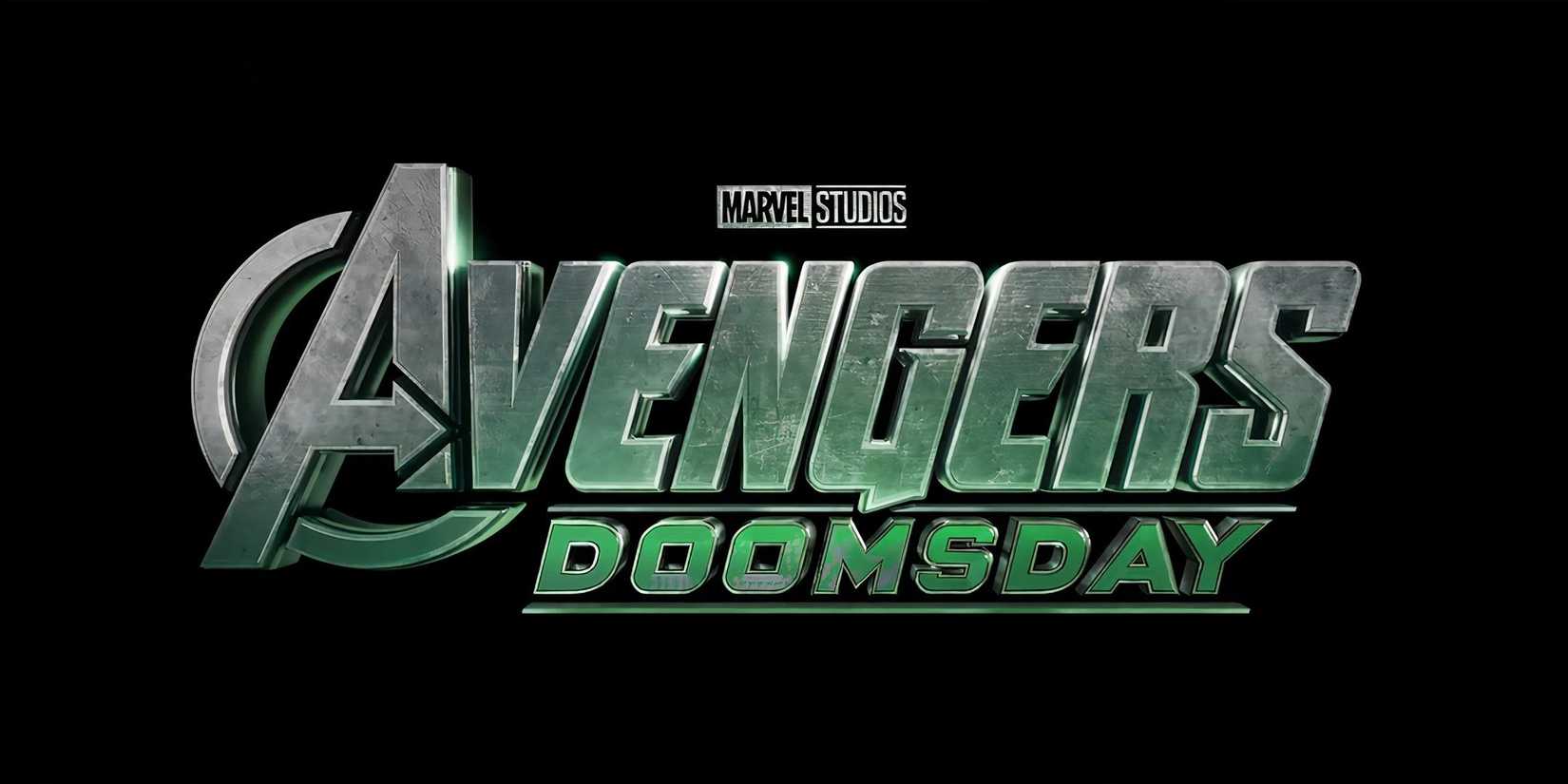Denis Villeneuve’s Arrival is a puzzle box of a movie that introduces an alien species and uses their language as a narrative device to present intriguing questions surrounding existence and the limitations of language and perception. Based on Ted Chiang’s 1998 short story, “Story of Your Life,” Arrival begins as a typical alien invasion movie, where mysterious aircrafts suddenly emerge in 12 different parts of the world. However, with what follows, the film adopts an innovative non-linear narrative to challenge audiences into thinking about philosophical ideas surrounding free will, determinism, and the coherence between the past, present, and future.
Every little detail in Arrival seems well thought out. For instance, instead of portraying extraterrestrial beings in a one-dimensional light, the movie uses distinct visuals to show their spacecraft and design. Even when it comes to the depiction of the aliens’ unique language, Arrival rests its ideas on speculative science but plausibly presents them, devoid of any significant plot holes. Given how meticulously Arrival weaves together a tale of grief with its sci-fi disguise, it is hard not to ponder the symbolism and the inner workings of the 2016 movie’s central alien creatures.
The Aliens’ Written Language & Symbols Explained
Louise Must Learn The Aliens’ Unique Communication Style
Languages, as humans know them, can usually be communicated in written and verbal form. Although the correlation between the written and verbal forms may differ from language to language, there is almost always a degree of correspondence between the written and verbal systems of all human languages. The degree to which this correlation exists is referred to as orthographic depth. Apart from having orthographic depth, human languages are also predominantly linear, where meaning can only be derived from a sequential arrangement of alphabets, words, and sentences.
The aliens’ language in Arrival, Heptapod B, lacks both traits. Its written version has circular symbols, called logograms, representing words, full-fledged sentences, or emotions. As shown in the Denis Villeneuve sci-fi movie, the meaning of the swirly circular symbols in the alien language depends on the little tendrils and splotches that branch out of their circular rings. The more complex the symbol of a logogram, the more nuanced its meaning. Since these logograms defy the rules of syntax and sequence followed by most human languages, it is hard to understand them at first.
However, Amy Adams’ Louise starts to get the hang of the language by showing simple day-to-day objects to the aliens and understanding the logogram behind them. She then uses her expertise as a linguist to identify patterns in the data she has gathered. Once these patterns are recognized, other humans use advanced coding software to generate a wider vocabulary for the language. One of the most interesting bits about the Heptapod B is how its circular shape serves as a metaphor for how the aliens, Heptapods, perceive time.
The Aliens’ Language Alters Humans’ Linear Perception Of Time
Time Has New Meaning
The core idea behind Arrival‘s storyline stems from the Sapir-Whorf hypothesis. Named after linguists Edward Sapir and Benjamin Lee Whorf, the hypothesis, in laypeople’s terms, suggests that language deeply influences how a human perceives the world, and learning a new language potentially rewires one’s brain. While the hypothesis has been heavily disputed over the years, it applies to Arrival‘s narrative because it introduces an alien language. The circular symbols in the Heptapod B language symbolize how the aliens do not see time linearly like humans. Instead, they perceive the past, present, and future simultaneously as interconnected, accessible events.
Louise’s brain gets rewired when she starts understanding Heptapod B, and, like the aliens, she too starts experiencing the past, present, and future all together. Owing to this, what initially appear to be flashbacks in the movie’s present timeline are just glimpses of the future that Louise can access after learning the language. This non-linear existence of time posits that everything is pre-determined — the past, present, and the future — and no matter what Louise or others try to do, they cannot change it.
Arrival reinstates this idea of determinism in the scene where Louise stops General Shang from attacking the aliens. After learning the alien language alters her linear perception of time, she accesses a “future” memory where the General gives her his phone number and tells her his wife’s dying words. When she repeats his wife’s last words to him (“In war, there are no winners, only widows“) in Arrival‘s “present” timeline, she convinces him that the aliens have granted them a gift and do not wish to go to war against humans.
Unfortunately, Louise’s newfound perception of time is both a blessing and a curse as it makes her grieve her daughter’s death and her separation from her husband long before it happens in linear time.
The “Heptapod” Design Of Arrival’s Aliens Explained
Arrival Gives A Unique Movie Alien
The alien creatures in Arrival are named “Heptapods” because they have seven limbs. Considering how their limbs can be divided into equal parts from a common central axis, they are radially symmetric like starfish and octopus, defying the bilateral symmetry of humans and most other terrestrial beings on Earth. When they walk, they place five of their arthropod-like limbs ahead while keeping two at the back. Like humans, they also vary in appearance, given how Costello, one of the two aliens Louise interacts with, is noticeably smaller than the other.
While their lower bodies comprise seven long limbs, their upper bodies are diamond-shaped like squids, with the only significant difference being their humanoid heads. With such a complex depiction of the Heptapods, it seems like Arrival tries to strike the perfect balance between familiarity and the unknown. The human-esque elements in their features seem to highlight how they are highly intelligent and friendly beings who do not intend to wage war on humans. Meanwhile, the other obscure elements of their physiology strike fear and challenge humanity’s understanding of potential evolutionary paths, much like their language challenges the understanding of time.
Why The Aliens Are On Earth In Arrival
The Aliens Need The Humans To Come Together To Save Them
While Arrival never mentions the exact reason why the aliens are on Earth, one of the Heptapods, Costello, tells Louise that they will need the help of humans in 3000 years. The movie does not mention how humans will help the aliens, but certain deductions can be drawn about their motives based on what they teach humans. The Heptapods enhanced humanity’s perception of time by teaching them their language. Additionally, they also made different nations cooperate by splitting their final message among 12 alien crafts, with each vessel standing on a different nation.
The alien species’ teachings suggest that for humans to help them in the future, they had first had to burn the divides created by language to ensure that humans would understand them when needed.
The alien species’ teachings suggest that for humans to help them in the future, they first had to burn the divides created by language to ensure that humans would understand them when needed. Since everything is predetermined and the past, present, and future are all unfolding at the same time in Arrival, teaching humans the language can also be seen as a prophecy (in linear time) that, by default, saves the Heptapods from their future predicaments.
Since the Heptapods in Arrival also formulate a plan to make humans work in unity, their future issues likely require the cooperation of all humans together and not just one nation.
Arrival’s Aliens Compared To Other Movie Aliens
Arrival’s Aliens Stand Apart In Movie History While Also Sharing Some Similarities
The aliens in Arrival make for a memorable inclusion in the long list of movie aliens over the years. They are unique in many ways, while also sharing some similarities with other aliens seen on screen before. In terms of their appearance, they perhaps share the closest similarities to the Tripods from War of the Worlds, but those are alien spacecrafts rather than the aliens themselves. Their appearance draws a connection between aliens and sea creatures, like the Prawns in District 9.
When it comes to their purpose on Earth, the Heptapods are much friendlier than the average movie aliens. While the visitors in Independence Day and Mars Attacks! are looking to destroy Earth, these aliens come in peace, like the aliens in Close Encounters of the Third Kind. However, even more uniquely, they offer gifts to humanity with their perceptions of time. In a similar way, E.T. in E.T. the Extra-terrestrial showed humanity his healing abilities.
Most interesting of all in comparing Arrival’s Heptapods to aliens in other movies is how they communicate. It is always difficult to showcase how two vastly different species interact with each other. E.T. simply learned English phrases over time. In Independence Day, they use telekinesis to talk to humans. Arrival stands out in depicting how such a process of opening lines of communication would work and also making that an exciting and integral part of the story.






